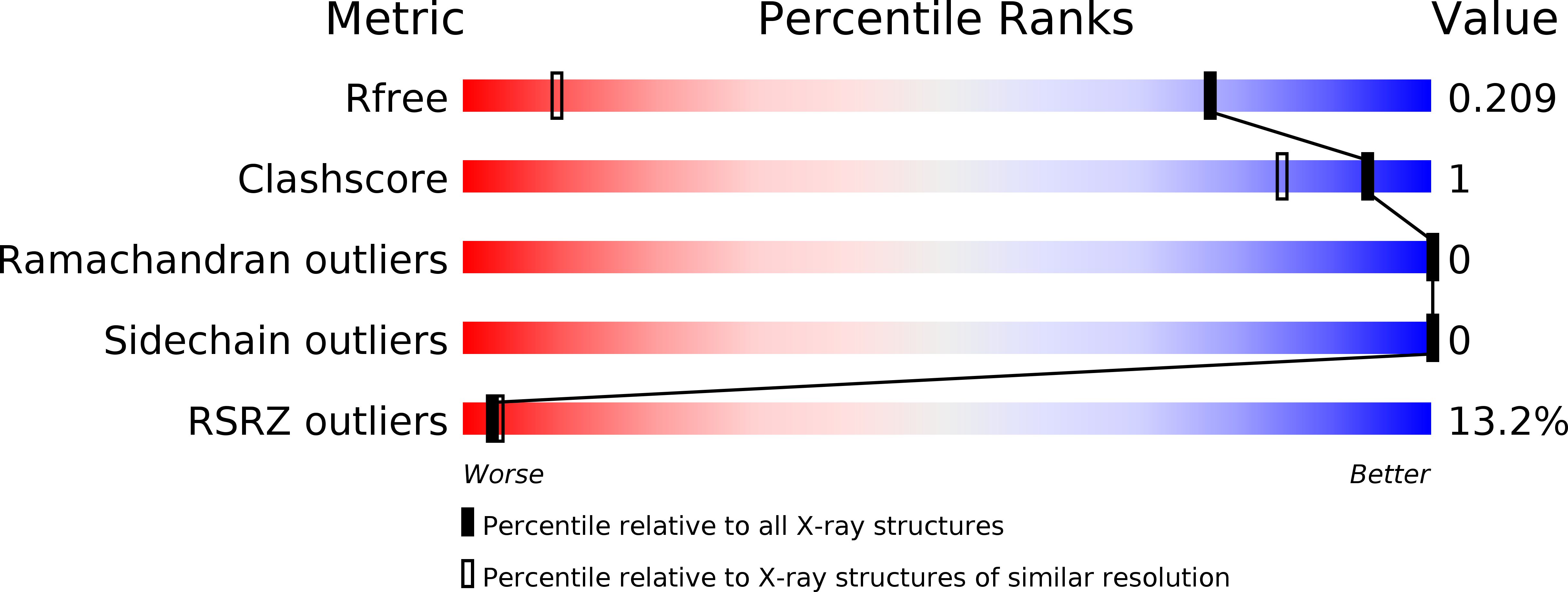
Deposition Date
2013-03-12
Release Date
2013-10-23
Last Version Date
2024-02-28
Entry Detail
PDB ID:
4JL7
Keywords:
Title:
Crystal Structure of the Chemokine Receptor CXCR2 in Complex with the First PDZ Domain of NHERF1
Biological Source:
Source Organism:
Homo sapiens (Taxon ID: 9606)
Host Organism:
Method Details:
Experimental Method:
Resolution:
1.16 Å
R-Value Free:
0.20
R-Value Work:
0.18
R-Value Observed:
0.18
Space Group:
P 31 2 1


